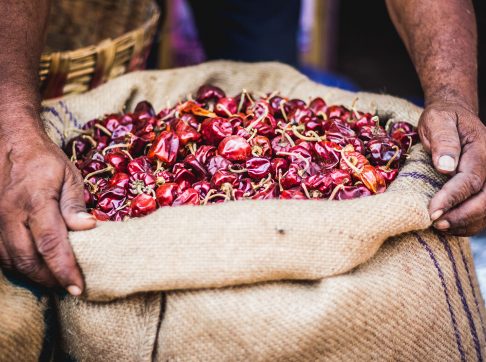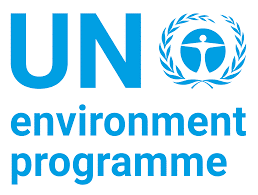True Cost Accounting: Implementation Guidance and Inventory
True Cost Accounting is a systemic approach to measure and value the positive and negative environmental, social, health and economic costs and benefits. It can inform policymaking as well as business and investment decisions. The TEEBAgriFood Evaluation Framework: Overarching Implementation Guidance is a step-by-step guide to assess how food systems impact people, society, the environment, and natural resources. It enables users to identify a range of actions that can transform how food systems operate and, simultaneously, helps to create a practical roadmap for action on food systems sustainability.
Implementation Guidance

The Guidance is supported by the True Cost Accounting Inventory. Developed by the Global Alliance, Soil & More Impacts and TMG ThinkTank for Sustainability, this rich collection of methodologies, case studies, and valuation approaches is useful to researchers, civil society organizations, policymakers, farmers, and the private sector when conducting a ‘true cost’ or TEEBAgriFood assessment in the field of agriculture and food systems.
Inventory

Changing the tools used to assess food systems is an immediate way to take action that promotes human, animal, and planetary health. Simplistic economic productivity metrics like ‘yield-per-hectare’ mean that negative externalities — habitat destruction, soil erosion, water contamination, displacement of Indigenous Peoples, diabetes, and more — go unaccounted for in the final price of food, in policy documents, and on balance sheets (but the price is still paid). This also means that positive impacts — carbon sequestration, insect pollination, resilience to natural disasters, and vibrant communities — are hidden and can’t be enhanced.
I am often asked by people interested in true cost accounting: ‘where do I start?’ I now have the answer. Authored by some of the great thought-leaders in food and agricultural systems, these new materials are a user-friendly and accessible resource for the community.
Dr. Salman Hussain, Coordinator, The Economics of Ecosystems and Biodiversity, United Nations Environment Program
The TEEBAgriFood Framework (“The Economics of Ecosystems and Biodiversity”) is already being used by policymakers, investors, and farmers around the world to comprehensively evaluate their work, fill in the gaps, and make better decisions about the future. For example, a CONABIO valuation of maize production systems found that the lack of genetic diversity in corn grown in the USA and Canada — which makes them more vulnerable to pests and disease — resulted in yield losses of $27,403,616,604 between 2012-2015. Genetically diverse crop species are more resistant and not subject to the same type of losses.




